Cette publication est également disponible en :
Français
The olfactory art scene has rarely been as active as it is now. Nez takes you on a non-exhaustive world tour of olfactory exhibitions to see, and smell, this spring.
The proliferation of olfactory artistic projects across the globe shows how common these practices are now becoming within the visual arts, and how much the medium of smell finds applications far beyond the creation and commercialisation of perfumes by the fragrance industry. Scents are an integral part of the resources available to artists of all disciplines to express themselves, to converse with our minds and bodies, to create forms and stories, to question the world, to open up possibilities, to create surprise and, sometimes, beauty. So the next time you go to a museum, don’t forget to keep your nostrils wide open!
For the sixth major thematic edition of lille3000 entitled “Utopia” which brings together more than 35 exhibitions in the city of Lille, the European metropolis of Lille and the Hauts-de-France region, Belgian artist Peter de Cupere presents a series of olfactory sculptural works, some of which have never been shown before, inspired by various scenarios linked to global warming. As part of the “Le Jardin d’Eden” exhibition, curated by Siegrid Demyttenaere and Sofie Lachaert at the Sainte-Marie-Madeleine Church, visitors can discover Flower Fragrum Cardamomi, a 9-meter high installation representing a flower bulb whose surface is covered with a scratch-and-sniff varnish. In addition, its iconic and strangely dystopian Smoke Cloud, Factory Tree and Olfactory Tree invite visitors to breathe in the terrible smell of air pollution that is gradually suffocating our ecosystems. A series of new creations are also on display at the Maison Folie Moulins: delicate Salt Flowers evoking coral bleaching and carrying oceanic scents. The artist imagines they come from a future world where sea salt would have submerged the continents after the irremediable melting of the ice caps…
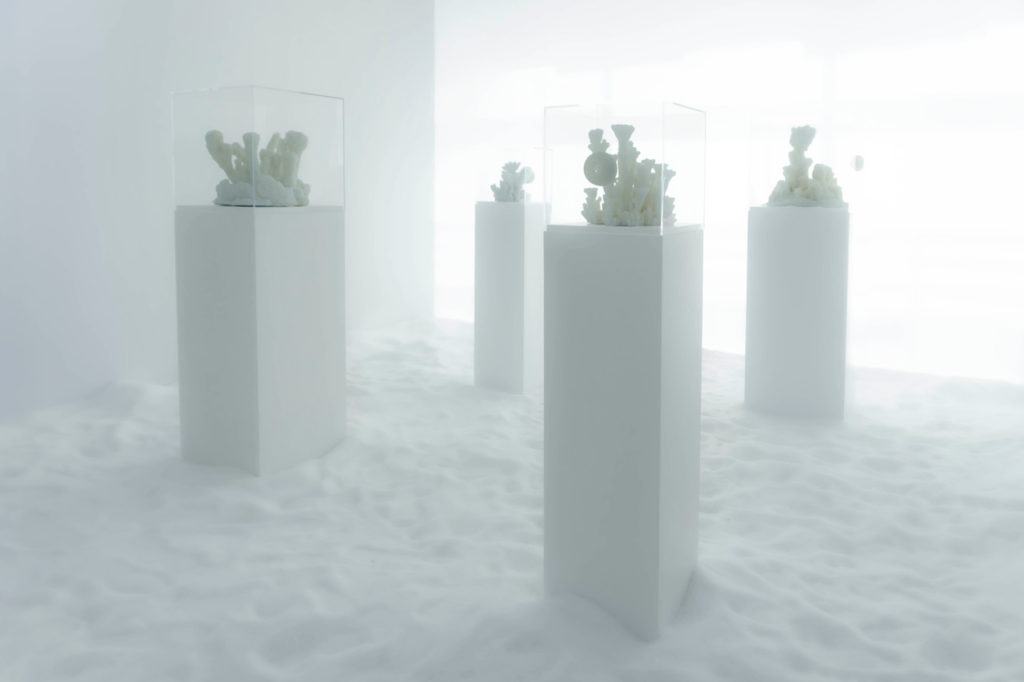
This spring, Canadian artist Julie C. Fortier is also revealing several works inspired by nature, a preserved nature this time, in particular within the polysensory exhibition “The end is in the beginning and however we continue” at the Fondation Martell in Cognac. New in the work of the artist, her olfactory carpet Que salive l’horizon, tufted by hand, bears three scents to be smelled at ground level and invites you to lie down and bask as you would in summer grass. The visual artist also presents the installation Eau succulente, made of six perfumes and six edible elements displayed on a spiral table: an invitation to cross the senses and observe their subtle interactions.

In “Faut-il voyager pour être heureux ?” at the EDF Foundation in Paris, Julie Fortier is also redeploying her wall installation Ascension, a cloud made up of 44,000 paper blotters impregnated with four different scent compositions and originally created in 2017 at the Beaux-Arts de Rennes.
La Biennale Design de Saint-Etienne is also hosting until June 11, under the curatorship of the Collectif Jumel, an exhibition in partnership with the National School of Art and Design of Saint-Etienne and under the sponsorship of olfactory artist Boris Raux. Entitled “Ces routes ne mènent nulle part”, it took over a brewery, the Brasserie Stéphanoise, a mecca of smells and flavors, which for the occasion hosts the sensory works of six artists selected by Melissa Douville and visual artist Juliette Delecour: Lorie Bayen El-Kaim, Merryl Bouchereau, Floriane Kisa, Rosalie Parent, Atelier Pers and Antoine Salle. A beer tasting will take place on June 11 for the closing.
Juliette Delecour, member of the Collectif Jumel, is also showing an olfactory installation entitled Chanele N5 as part of the Off of the Biennale of Contemporary African Art which is being held in Dakar from May 19 to June 21.
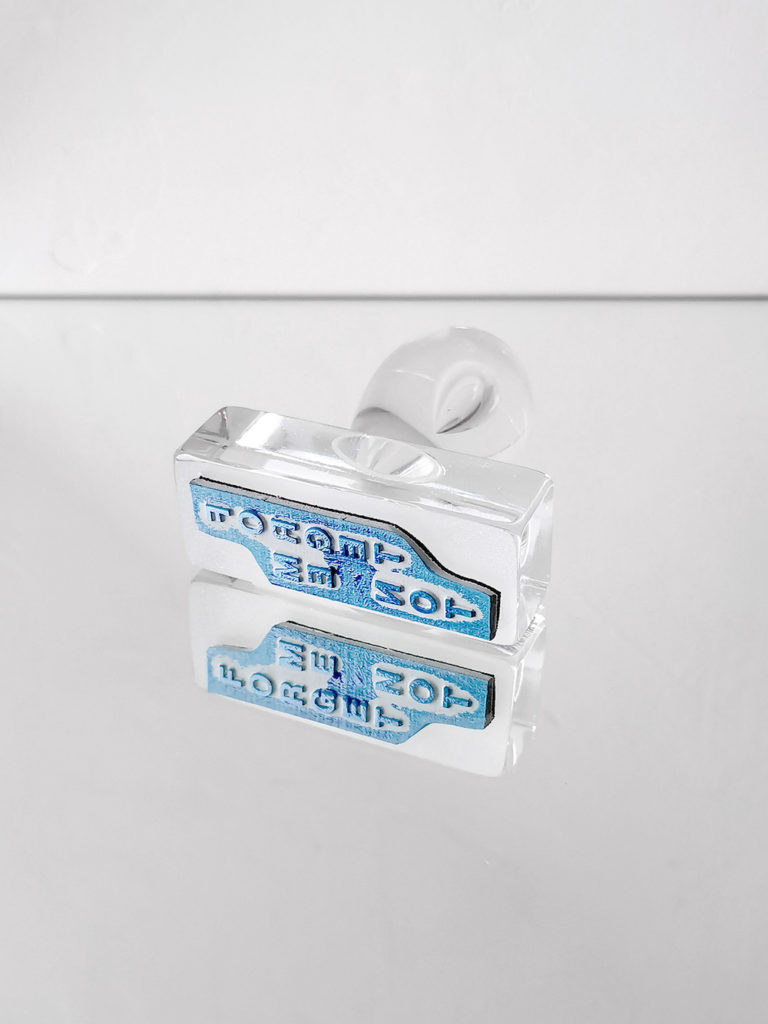
At the International Perfume Museum in Grasse, the exhibition “Respirer l’art. Quand l’art contemporain sublime l’univers du parfum”, which will last until March 5, 2023, is an opportunity to bring the museum’s collections into dialogue with a number of works loaned by public institutions, galleries, private collectors, or the artists themselves. Peter de Cupere, Julie C. Fortier and Boris Raux are represented in the show, alongside many international artists such as Helga Griffiths, Emma Febvre and Jérémie Topin, Francis Kurkdjian and Sophie Calle, Daniel Pescio, Antoine Renard, Hayoun Kim, Hicham Berrada, Ernesto Neto, Duy Anh Nhan Duc, Isa Barbier, Pierre et Gilles, Frédéric Pasquini, Ali Cherri, Jean-Pierre Bertrand, Sylvie Fleury, Andrea Branzi, Jean-Michel Othoniel, Martynka Wawrzyniak, Gilles Barbier, etc. Nez will also be present with the display of perfumes from the 1+1 collection, accompanied by works by the artists involved in their creation.

From May 25 to July 10 in Vitry-sur-Seine, Jean-François Krebs, whose performative, visual, tactile and olfactory work revolves around the question of the body limits, plant metamorphosis and healing rituals, presents an installation within “Cosmogonias”, at the Galerie Municipale Jean Collet. Designed as an immersive space, the show brings together the works of three artists who share a taste for the mutations of matter: Marie-Sarah Adenis, Jean-François Krebs and Valentin Ranger. Designed by Jean-François Krebs, a sculpture-fountain made of uraline – glass containing uranium which gives it a fluorescent glow – welcomes visitors with an olfactory blessing ritual using rose, verbena or jasmine water. Made of reproduced fragments of a human body, living plants in a semi-hydroponic system, extracts of aromatic, medicinal or sacred plants, and floral waters, his piece Réaction sombre distills a powerful aura mixing the scents of camphor, star anise, sage, jasmine and vetiver. Presented in its Réaction claire phase at the 72nd Jeune Création festival in Romainville, the title of this evolving work that mixes humans and plants refers to the two phases of photosynthesis. A weekend of olfactory performances will mark the end of the exhibition.

Finally, still in France, the botanical and exotic garden of Roscoff in Finistère, Bretagne, will host from May 26 to July 17 the graphic, olfactory and gustatory project “ASAÉS” by visual artist Claire Xuân. A selection of raw materials – flowers, fruits, herbs, algae and fragrant woods – used in the culinary arts and perfumery will thus be put into images by the artist during a multi-sensory stroll among the many plant species of the garden.

In Italy now, the Venice Biennale, which runs until November 27, is also an opportunity to discover “Es-senze” organized by curator Pier Paolo Pancotto in the noble floor of the Palazzo Mocenigo, which hosts the Venetian Perfume and Textile Museum. The exhibition brings together the work of a dozen international artists – Mircea Cantor, Mateusz Chorobski, Jason Dodge, Bruna Esposito, Eva Marisaldi, Florian Mermin, Giuseppe Penone, Paola Pivi, Namsal Siedlecki, Achraf Touloub, Nico Vascellari and Luca Vitone – who draw their inspiration from the world of smells and perfumes. Some of the works on display are naturally fragrant, such as the incense sticks made by Mircea Cantor which burn on bases designed by the Romanian artist, while others have been associated with perfumes created specially for the occasion in consultation with the artists, as is the case with the terracotta hands sculpted by Florian Mermin, shrouded in a halo of roses, and holding between their large palms a potpourri of dried flowers.

Moving up north, to the Netherlands, where Claudia de Vos presents fifteen olfactory works in “Gurzicht, Sense of Nature” (until June 30) in different spaces of the Conference Center Drakenburg in the small town of Baarn. Photographs, collages, sculptures and tapestries inspired by forest landscapes and the therapeutic power of certain natural essences exude, by various means, scents of moss, wood, resins, honey, cut grass, or even mushrooms, that invite you to breathe the images created by the artist.
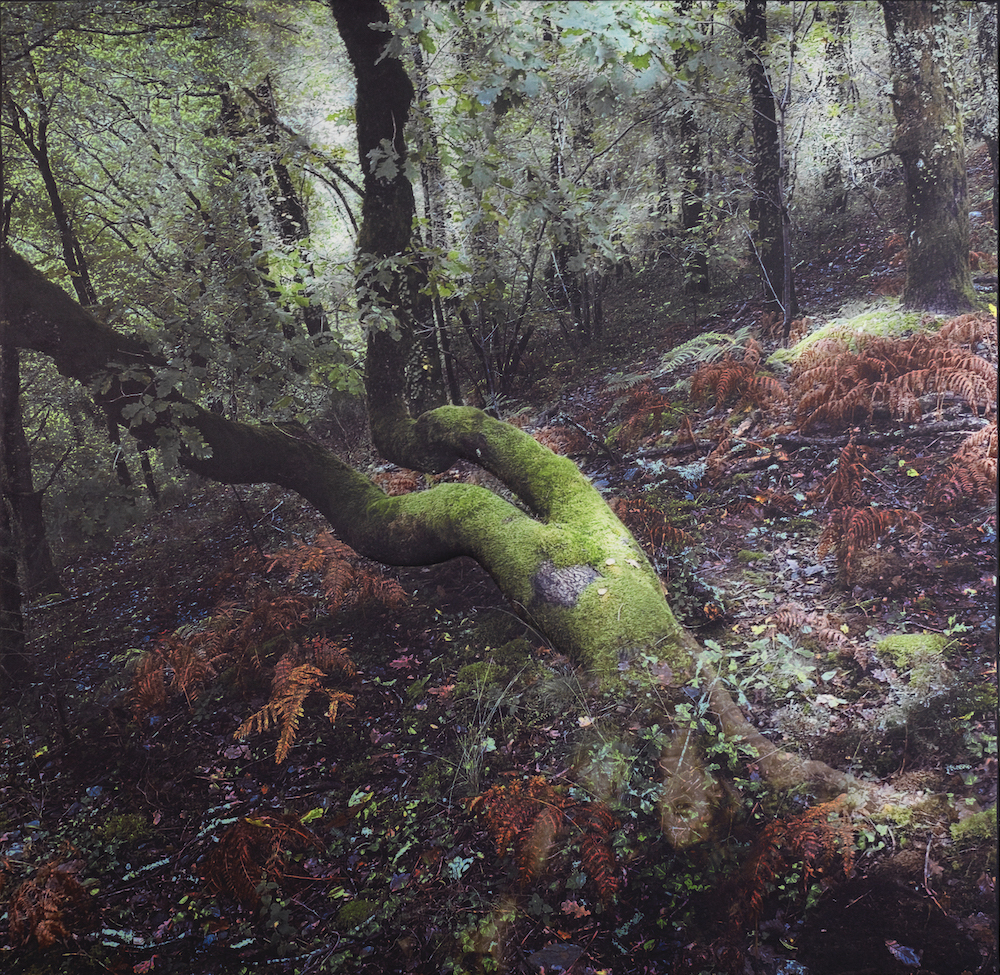
Our tour of Europe ends in Germany, with “Sensing the Unseen” by the artist Helga Griffiths, who not only lends her work Migratory Sense to the MIP in Grasse, but also presents new installations at the Saarlandmuseum Moderne Galerie in Saarbrücken. Her multimedia works, which abstractly connect the human body with its environment, refer here to the mining history of the region. In particular, the artist brought back from Germany’s last active coal mine, the Prosper Haniel mine in Bottrop, a sample of air encapsulated in a glass bulb, in the same way that Marcel Duchamp had captured 50 cubic centimeters of Air de Paris in a pharmaceutical vial in 1919. Titled L’Air du Charbon, this time capsule, an invisible memory of a landscape and an economy shaped by coal, also gave rise to a perfumed edition.
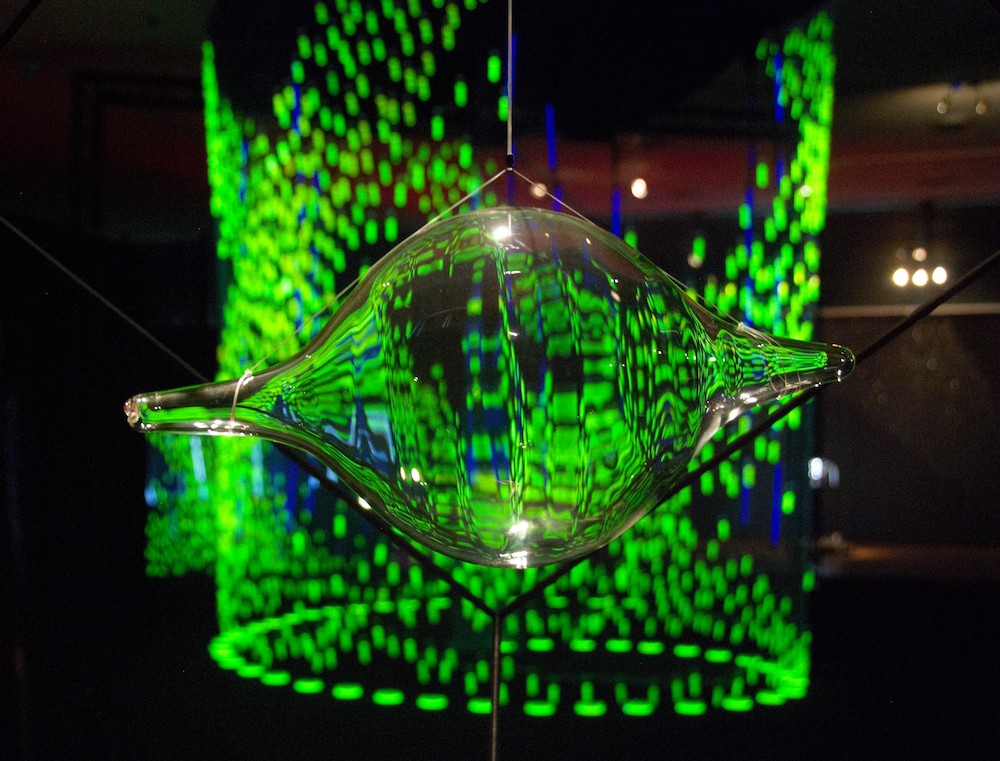
On the other side of the world, in New Zealand, artist Jo Burzynska, trained in perfume composition at the Institute for Art and Olfaction in 2016, unveils her Eau Tautahi at the The Arts Centre in Christchurch as part of an exhibition titled “What Might We Find When We Stop Looking?“ visible until May 29. Inspired by the Situationist International, using sensory psycho-geography as a way to reappropriate urban space, the artist sought to map the city according to different sensory zones: tactile, olfactory, gustatory and auditory. The fragrance created for the occasion consists of three accords inspired by three aspects of Christchurch: an “urban” accord evoking dust, tar and coffee; a “river” accord reminiscent of the fresh, green and aquatic scent of the Ōtākaro flowing through the city, and finally a “garden” accord imitating the smell of wet earth, leaves and wood.
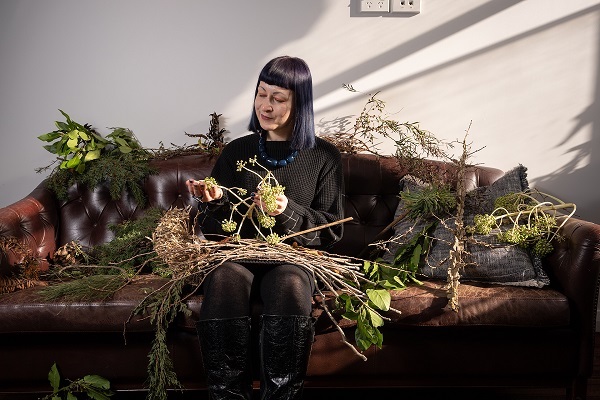
In the United States, as “Living with Scents” [1] reaches its end at the Museum of Craft and Design in San Francisco, the Institute for Art and Olfaction in Los Angeles is highlighting the pluridisciplinary work of Joe Merrell in “The Fragility of Complex Things” (until June 1). Several videos, photographic prints and two perfumes created since the start of the pandemic reveal the intimate effects of the health and political crisis of the past two years.
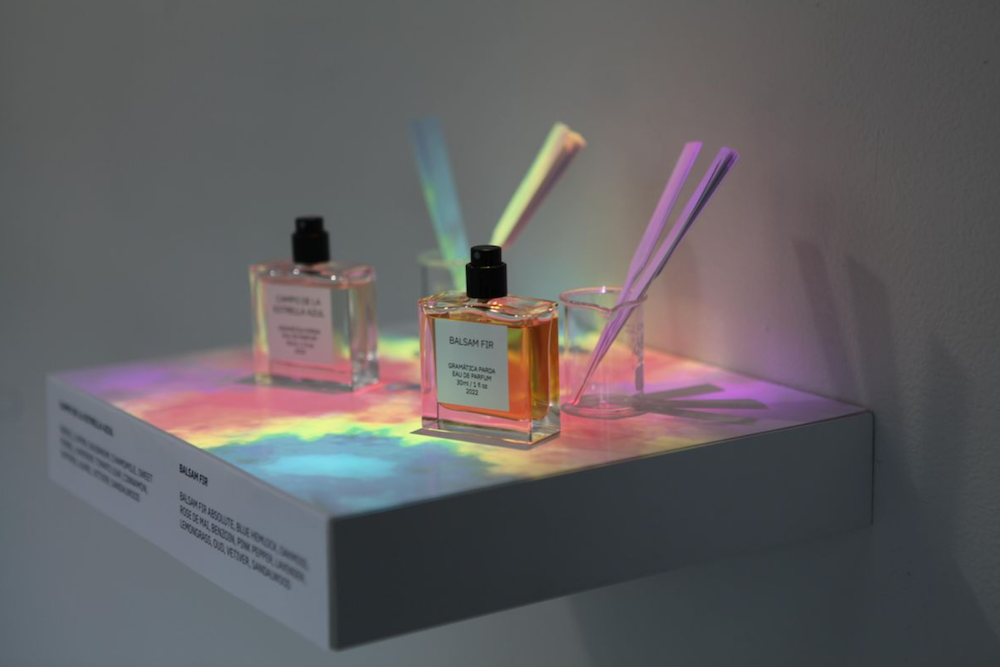
The larger project “Once the Smoke Clears” by artist Beatrice Glow will take over the Baltimore Museum of Art until October 2. The result of several years of research about the socio-cultural history of tobacco, this exhibition explores the social and ecological realities of the global trade of this plant native to the Americas. The artist presents watercolors, printed and embroidered silks, objects modeled in virtual reality, others printed in 3D and painted by hand, all inspired by a Western visual culture steeped in colonialism. Several olfactory experiences complete this multi-sensory exhibition which makes us rethink the construction and perception of the world as we know it.

Finally, in New York, on June 3, M Dougherty’s exhibition “Your Dog Knows” opens at the Olfactory Art Keller gallery, which visitors will be invited to discover with their dog, in order to approach the olfactory work of the artist in a disanthropocentric manner!
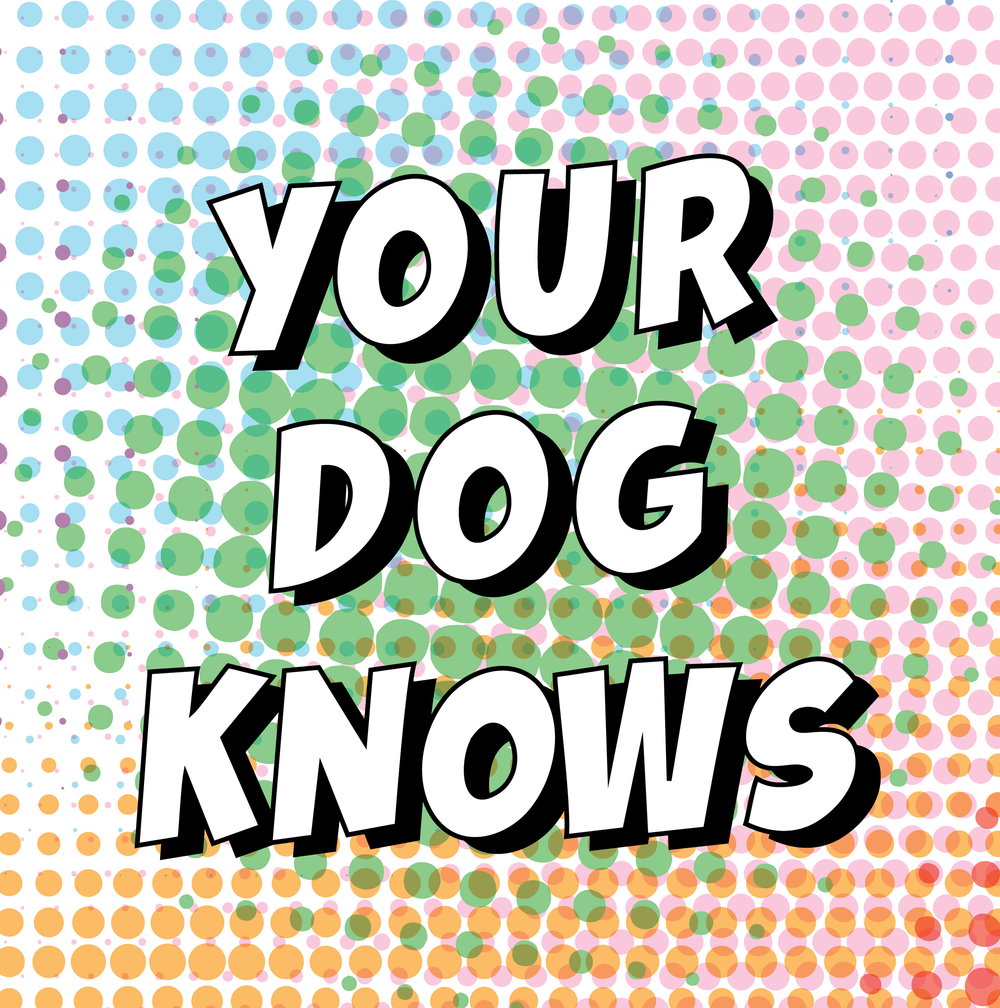
—
Main visual : Migratory Sense (2017), Helga Griffiths © Carlo Barbiero – International Perfume Museum, Grasse








Comments